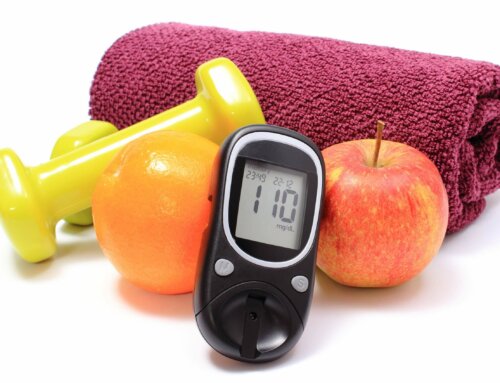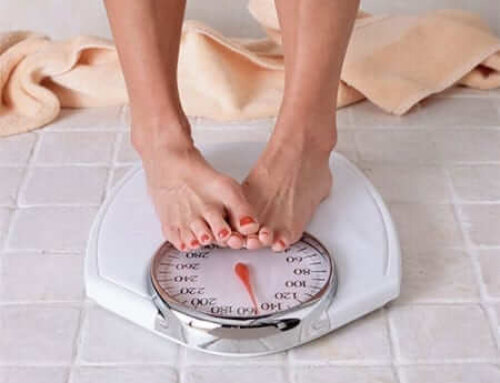This week I consulted with a new patient who was recently diagnosed with type 2 diabetes. The only thing he could focus on during the hour long education session was proper foot care. The reason is – he has a family who had 3 male generations of diabetes and each member of that family had an amputation either on their toes, the entire foot or the lower leg and foot. He knew this was his wake up call to start paying close attention to over all prevention of complications.
According to the C.D.C. “half of diabetes related amputations can be prevented by patient education and regular foot exams.” Recent research notes that we are making progress with better foot care but there is still room to improve. Once an amputation is performed because of diabetic neuropathy, there is a 50% increase for a second amputation within the next 3 years. After a second amputation there is an 80% death rate within the next 5 years. Learning correct foot care after a diabetes diagnosis can change these statistics dramatically.
This particular gentleman came to his visit in flip flops since we live in sunny hot Florida. Looking at his toenails was an automatic reason to get into foot care quickly. The obvious was that his nails were thick, yellow and splintering from fungus and it was impossible for him to trim them properly. They were way too long and made it uncomfortable to put on his shoes and socks. He is Medicare age, which allows him several monthly covered visits per year to a podiatrist for nail care. He already felt better! Since he is still employed as a car salesman and on his feet most of the day we discussed the need for proper shoes and diabetic socks. He was also pleased to find out that Medicare will cover a pair of sturdy safe shoes with certain criteria established by your physician or podiatrist.
I explained what neuropathy – nerve damage with lack of sensation is as was as well as PAD (peripheral vascular disease) – or reduced blood flow. Because of these conditions there is less blood and less oxygen to the tissue. There are fewer white blood cells to help fight off infection. We discussed the need for diabetic socks which he never realized was that important. Things mentioned when purchasing diabetic socks were:
- Socks always provide a layer between you and the shoe. An extra layer is very important.
- Fabric – Diabetes socks should be a blend. Cotton for comfort and its natural allergy free properties but it should contain some other fabric such as acrylic, spandex, polyester or synthetic material to help with a good fit and to stay in place. A good blend would be 50% cotton and 50% blend. The fabric should have some anti-static properties to help prevent rubbing which creates blisters. Blisters can lead to diabetic foot ulcers if not treated.
- Colloidal silver – The silver is woven into the sock to help pull moisture away from the skin and actually absorbs the moisture. People with diabetes are more at risk for infections like athlete’s foot or other fungus infections as well as bacterial infections and perspiration will increase that risk. Any product that helps wick away moisture and has an anti-microbial property would be a benefit. 80% of the general population experience athlete’s foot with the largest number coming from people with diabetes. The anti- microbial fibers will also reduce foot odor.
- Elastic content – Athletic socks generally have large amounts of elastic which tends to constrict especially around the lower leg and ankle. This impairs blood flow and circulation a danger to people with diabetes. Make sure you do not have skin indentations. Diabetes socks tend to have less elastic.
- Fit – Try to find socks that are like a second skin to your foot. You should not have bunching or wrinkling which will cause blisters sores, hot spots, pressure points or ulcers.
- Seams – Diabetes socks should not contain seams. They tend to create pressure points that also increase foot problems like ulcers. They are also uncomfortable. Even smooth surfaces should rest against the foot.
- Color – Depending on your needs white socks are always the best when you have diabetes and foot issues. They allow you to quickly notice blood or discharge when sensation is diminished. White socks do not contain artificial color dyes or additives which could bleed into your skin when perspiring. Make sure the socks do not contain latex which causes allergies in a majority of people. Purchase a few pair of dark diabetic socks for special occasions.
- Cushioning – Diabetes socks do offer extra comfort due to extra cushioning in the sole of the sock especially in the heel and toe area which lessens pressure. The toe area should be wider to give extra space and not cramp toes. Along with well fitted shoes cushioning can really protect diabetic feet.
- Care of diabetic socks – The guidelines generally suggest that you wash your socks after each use with either cold or warm water on a gentle machine cycle with a mild detergent like Ivory. You can dry them on a short gentle cycle or air dry on a clothes line. It is suggested you purchase new diabetes socks at least every 6 months or when you notice signs of wear. If the elastic starts to pull, the cushioning starts to shrink or the fibers start to split- think new socks. Order a few pair at a time. They may seem like an investment but your feet are worth it.
These are just a few tips for better everyday foot care. Remember to stop smoking and always cover feet even in your own home. Accidents happen quickly and can easily be avoided. Think prevention!
NOTE: Consult your Doctor first to make sure my recommendations fit your special health needs.











Leave A Comment